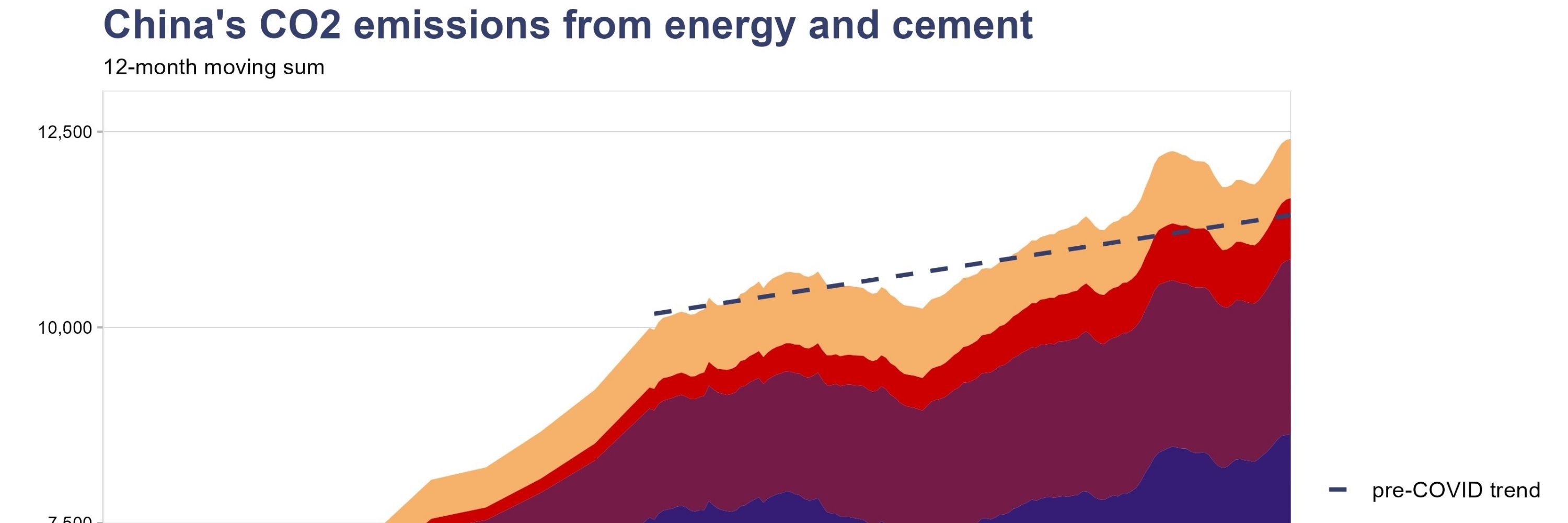Lauri Myllyvirta
@laurimyllyvirta.bsky.social
4.9K followers
78 following
1.3K posts
Co-founder and lead analyst, Centre for Research on Energy and Clean Air; senior fellow, Asia Society Policy Institute: tracking & accelerating progress from polluting energy to clean air, with research and evidence.
Posts
Media
Videos
Starter Packs
Reposted by Lauri Myllyvirta
Reposted by Lauri Myllyvirta












